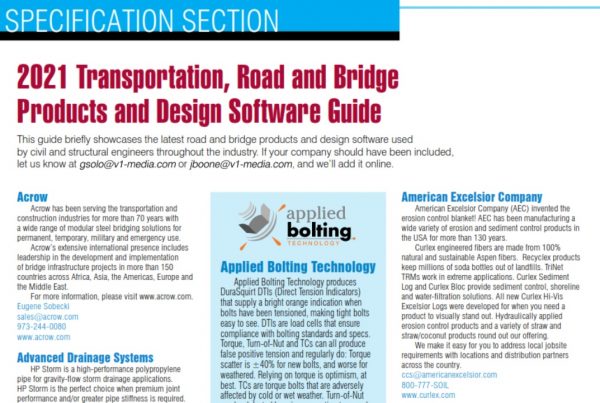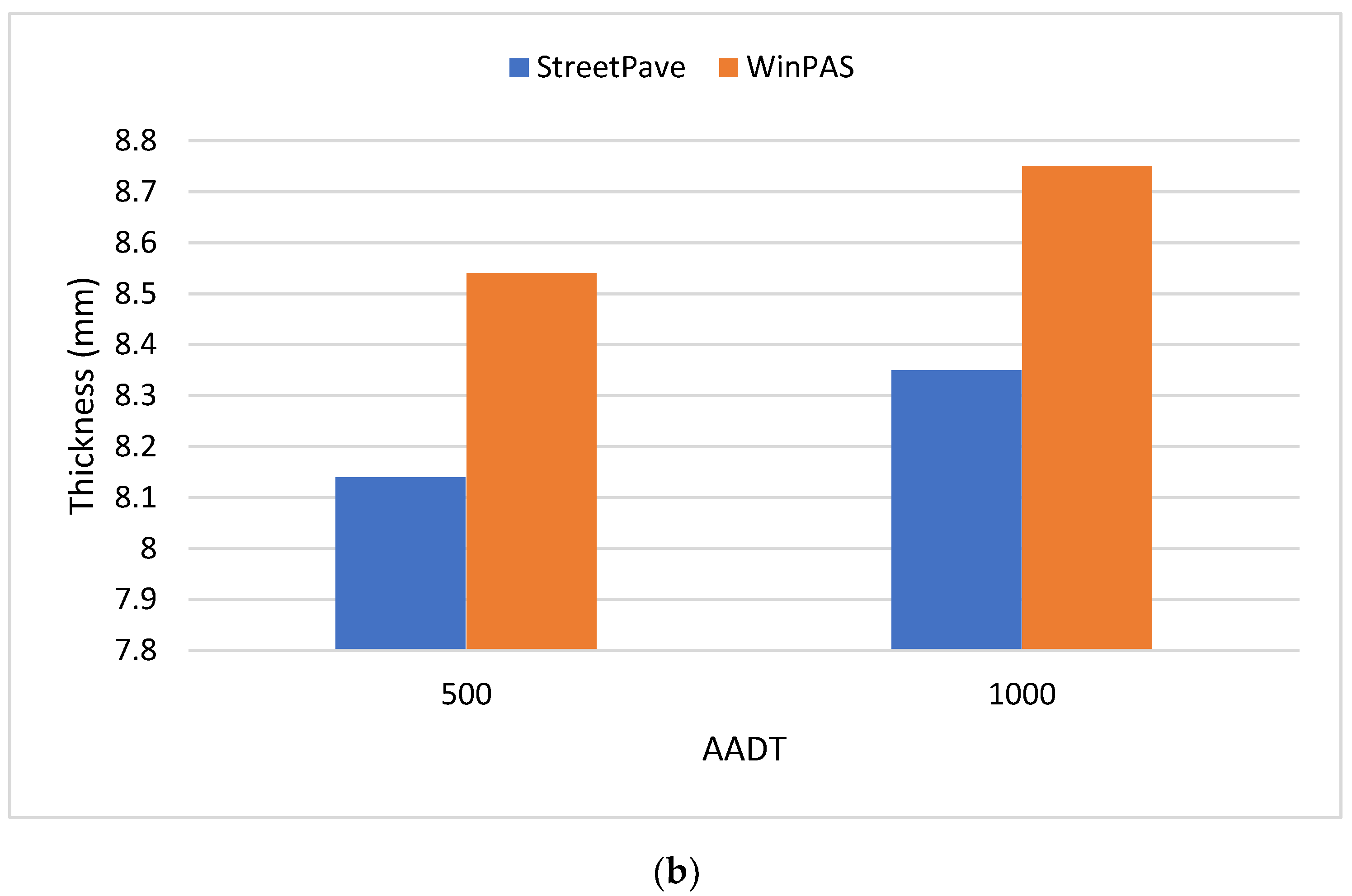
The preferred method for characterizing the stiffness of unbound pavement materials is the resilient modulus M R (Section 5.4.3), which is defined as the unloading modulus in cyclic loading. Subgrade strength is also an important issue during pavement construction. The situation for aggregate-surfaced roads is, of course, a bit different: strength of the aggregate surface will directly influence the road's durability and performance. However, the stress levels in well-designed asphalt or PCC-surfaced pavement are well below the strength of the unbound materials, and thus failure under any given load application is not an issue. Pavement structural design is usually viewed as ensuring sufficient load-carrying capacity for the applied traffic - i.e., providing sufficient pavement strength. It may seem odd that stiffness rather than strength is considered the most important unbound material property for pavements. Load: 10 kip/44.5 kN single wheel load, 100 psi/690 kPa contact pressure.) (Elastic solution, 6 in./150 mm AC over 18 in./450 mm granular base. Influence of granular base stiffness on critical pavement strains. Load: 10 kip/44.5 kN single-wheel load, 100 psi/690 kPa contact pressure.)įigure 5-11. Influence of subgrade stiffness on critical pavement strains. These pavement response parameters are directly related to asphalt fatigue cracking and subgrade rutting performance, respectively.įigure 5-10. Figure 5-10 and Figure 5-11 illustrate respectively how the stiffnesses of the subgrade and the unbound base layer influence the horizontal tensile strain at the bottom of the asphalt and the compressive vertical strain at the top of the subgrade for a simple three-layer flexible pavement system. The relative stiffnesses of the various layers dictate the distribution of stresses and strains within the pavement system. Stiffness is the most important mechanical characteristic of unbound materials in pavements.
ARMY CORPS OF ENGINEERS FLEXIBLE PAVEMENT DESIGN SOFTWARE MANUAL
The differences in the design thickness are attributed to the different coefficients adopted in the subgrade failure models in the design software.Geotechnical Aspects of Pavements Reference Manual Chapter 5.0 Geotechnical Inputs For Pavement Design (continued) 5.4 Mechanical Properties However, the differences are observed to be larger for CBR ≤5% when modelled with B777-300ER having 6 wheels configuration. The design thicknesses are more consistent for B737-800 with 2 wheels configuration.

The new failure model in FAARFIELD v1.42 produces flexible design thicknesses that differ less from APSDS 5.0 than FAARFIELD v1.32.

For the Boeing 737-800 (Code C) and 777-300ER (Code E) aircrafts spectrum and 100,000 movements analyzed in the study, the new subgrade failure models developed for the latest version of FAARFIELD generate the flexible pavement thicknesses that are not significantly difference from that of APSDS 5.0 for subgrade CBR ≥5%. In this paper, a comparison is carried out using the latest version of FAARFIELD v1.42 to examine if the new subgrade deformation models compute the design thicknesses that are compatible with that generated by APSDS 5. FAARFIELD v1.41 was subsequently updated and evolved to version 1.42 in September 2017. In May 2017, FAA developed new subgrade failure models for flexible pavements in FAARFIELD v1.41 using the full-scale traffic test data collected at the NAPTF for Test Sections in Construction Cycles CC3 and CC5. An adjustment factor k c is required for APSDS design thickness to produce designs that are consistent with FAARFIELD for CBR less than 10%. For the aircraft departure data used in the study, the pavement analysis shows that the APSDS 5.0 design method yielded pavement structure thicknesses that are nearly the same as FAARFIELD v1.32 for CBR greater than 10%. A case study has been carried out to compare the design of airfield pavements for a major airport using FAARFIELD v1.32 and APSDS 5.0.


 0 kommentar(er)
0 kommentar(er)
